Apple has its A15 Bionic, Qualcomm has the Snapdragon 8 Gen 1, and Samsung just introduced the Exynos 2200. This is a trio of the most powerful chips that will dominate mobile performance at least until the fall of 2022. But which one will win?
We put it until autumn because Apple can be at a disadvantage in this battle, or on the contrary, at an advantage. It depends on how you look at the situation. That's because its iPhones with the latest chips come out in September, making it the first of a trio to reveal cards for the end of the current year and most of the next. Qualcomm presented its Snapdragon 8 Gen 1 only in December, yesterday, January 17, Samsung did the same with its Exynos 2200 chipset.
So it can be said that Apple's chip is the oldest of the whole series. But the company is introducing it at the same time as its iPhones, so it's immediately put into action, whereas the other two companies don't. Qualcomm doesn't have worldwide hardware distribution, so it sells its solution to manufacturers who put it into their phones. Samsung then plays it both ways. He installs his solution in his phones, but he is also happy to sell it to anyone who wants to use it in their phone.
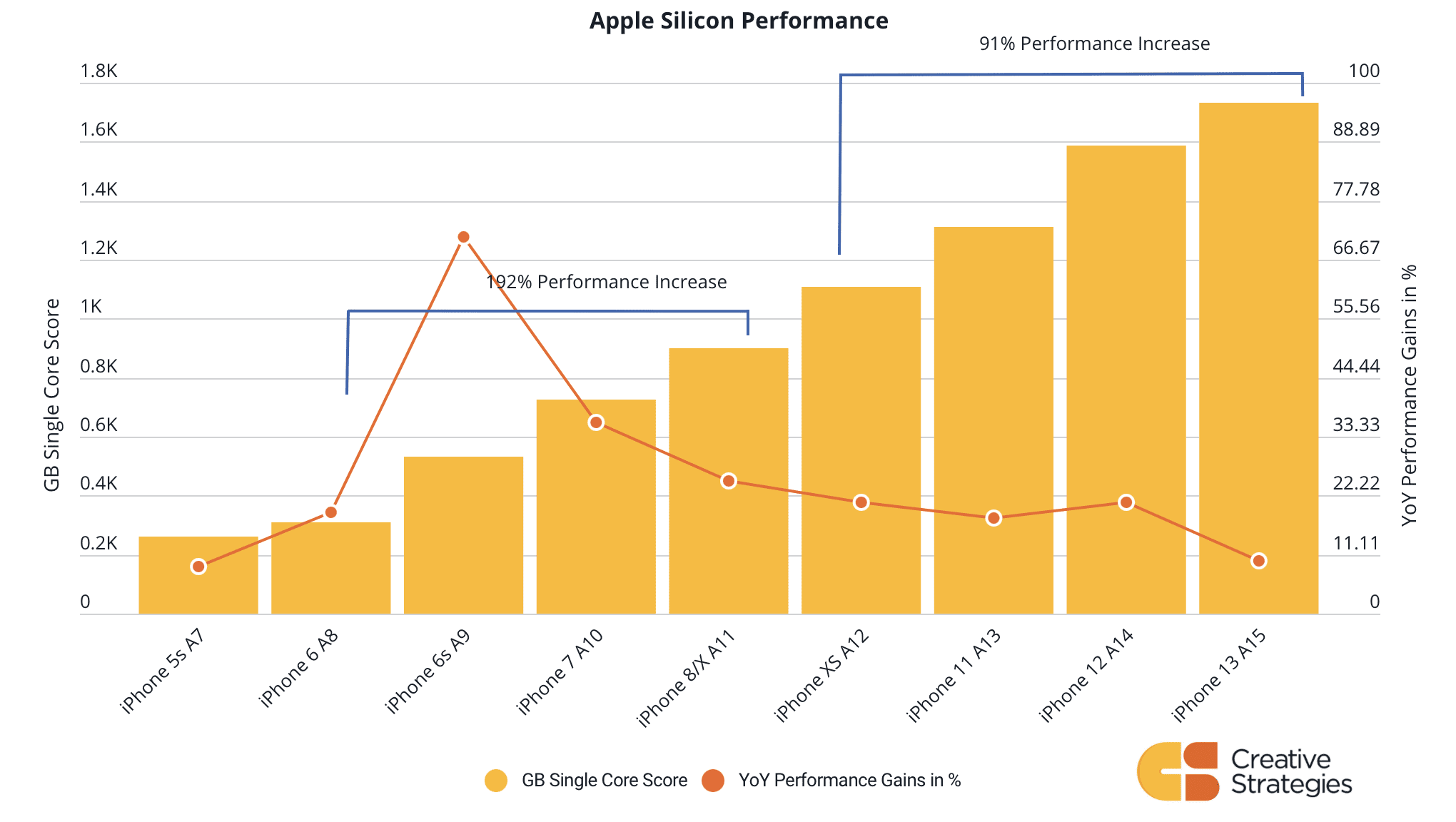
You could argue that there's still Google with its 5nm 8-core Tensor chip. But the latter is used in its Pixel 6, whose sales are not equal to iPhones or the rest of the Android world, and so, perhaps unfairly, it comes out the loser. On the other hand, it has a lot of potential, because Google is following Apple's example, so they are tuning it for their hardware needs, and great things can be expected from it. But that's more likely only with the next generation, which is expected only with the Pixel 7, i.e. at the end of October this year.
It could be interest you
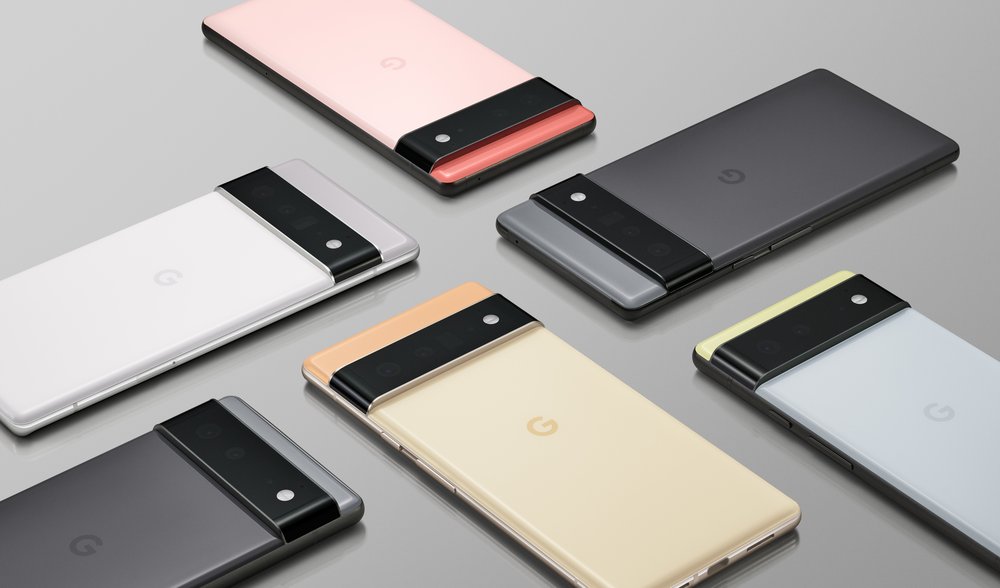
The manufacturing process rules the world
The A15 Bionic is manufactured using a 5nm process, while the competition has already moved to 4nm, in the case of both Qualcomm and Samsung. This is precisely the possible disadvantage of Apple, when the one with this technology will probably only come with the A16 Bionic chip, which will be installed in the iPhone 14. However, even the current generation can definitely withstand a direct comparison.
Among the iPhones, of course, it is the 13 series, in the case of Android devices, there are already devices on the market such as Motorola Edge X30 or Realme GT 2 Pro whether Xiaomi 12 Pro. We still have to wait for the first solution with Exynos 2200, because it will probably be the Samsung Galaxy S22 series, which is supposed to be presented around February 8.
Victory on points
If we go strictly by the performance that Geekbench 5 can measure in a way, we find that the single-core score of the Snapdragon 8 Gen 1 is 1 points, but for the A238 Bionic it is 15 points, which is 1% more. The multi-core score is 741 vs. 41 points, i.e. + 3% in favor of Apple. The winner may seem clear, but the comparisons are quite misleading and there is absolutely no KO to speak of. You can look at graphic benchmarks, e.g. in this article. To the results of individual devices in Geekbench 5 you can have a look here.
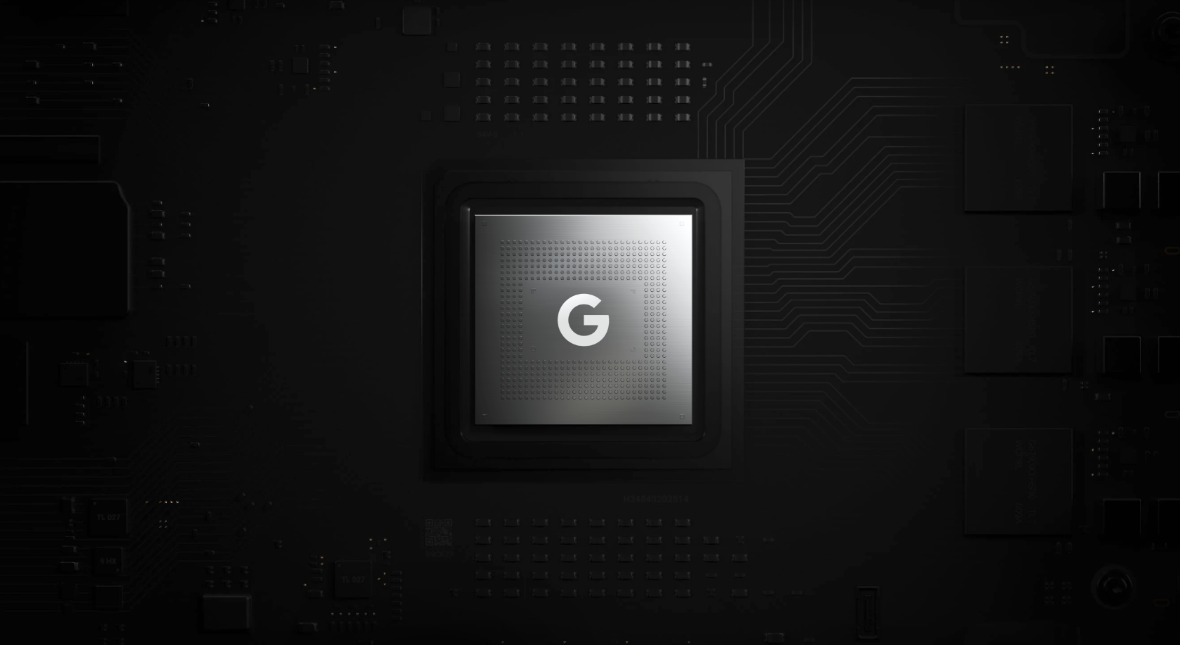
Android devices try to catch up with RAM, so they usually have higher RAM than iPhones. Apple has the advantage of tailoring everything to its needs, but other manufacturers tailor everything to the needs of the chip. And that's why it will be interesting to see what Google and its Tensor can do, as well as Samsung and its Exynos 2200. After the problems of previous generations, it could confirm the fact that making your own chipset for your own device really makes sense.
It could be interest you

In the end, the comparison of A15 Bionic vs. chips in Android devices, because the lead is still noticeable here, but rather whether the Exynos 2200 can at least match the Snapdragon 8 Gen 1. And if so, it will be a real victory for Samsung.
 Adam Kos
Adam Kos 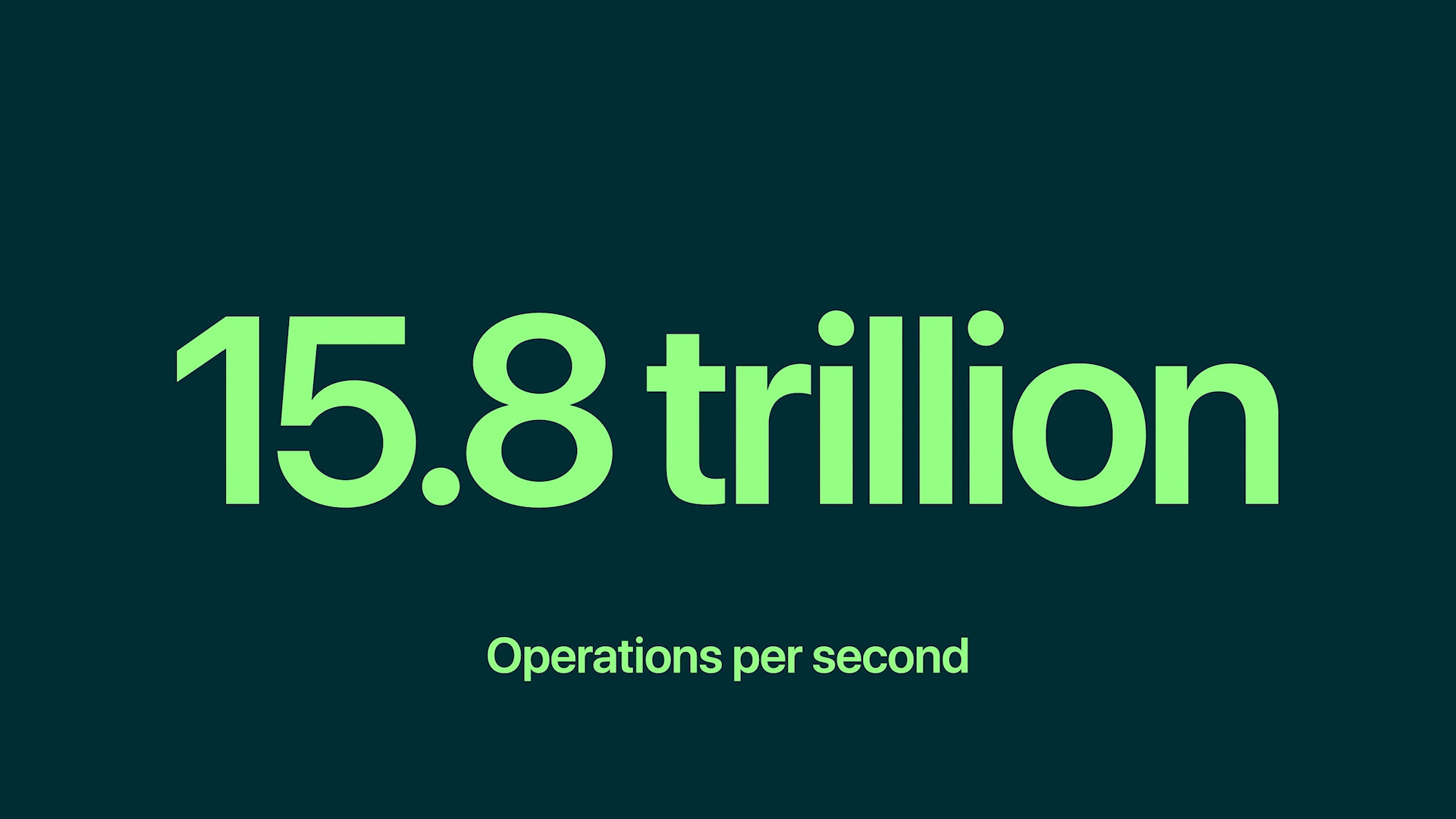

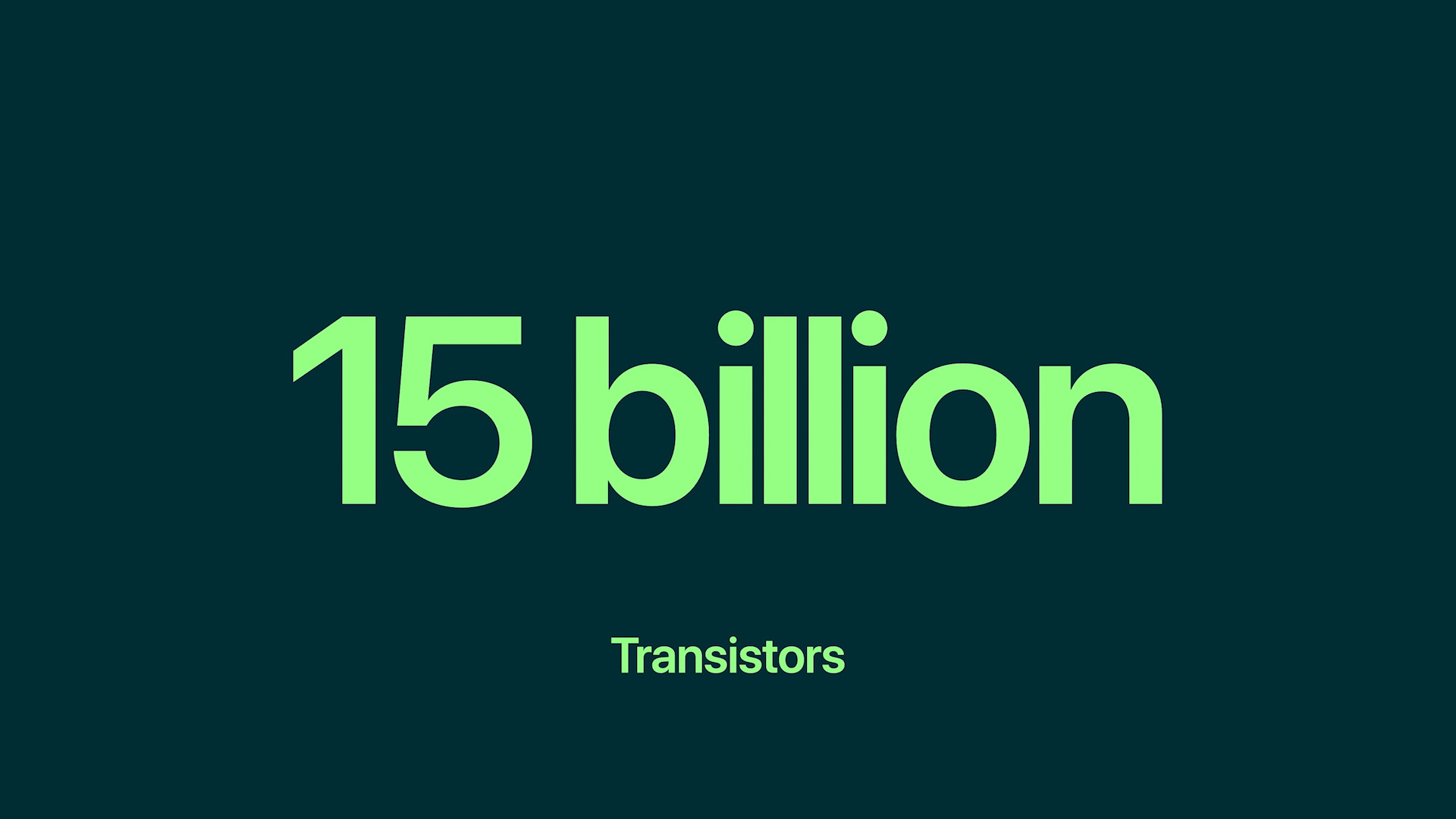
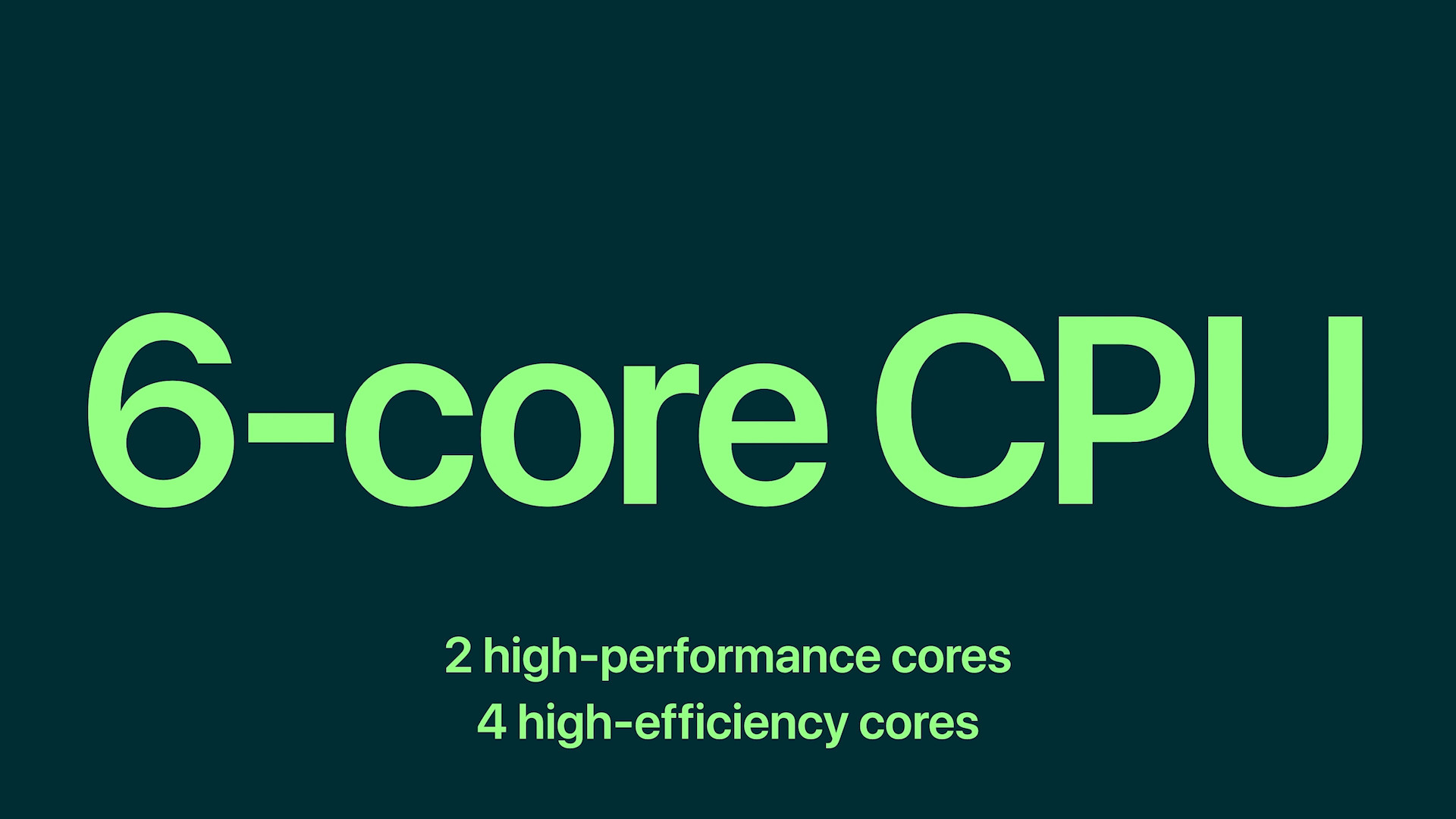
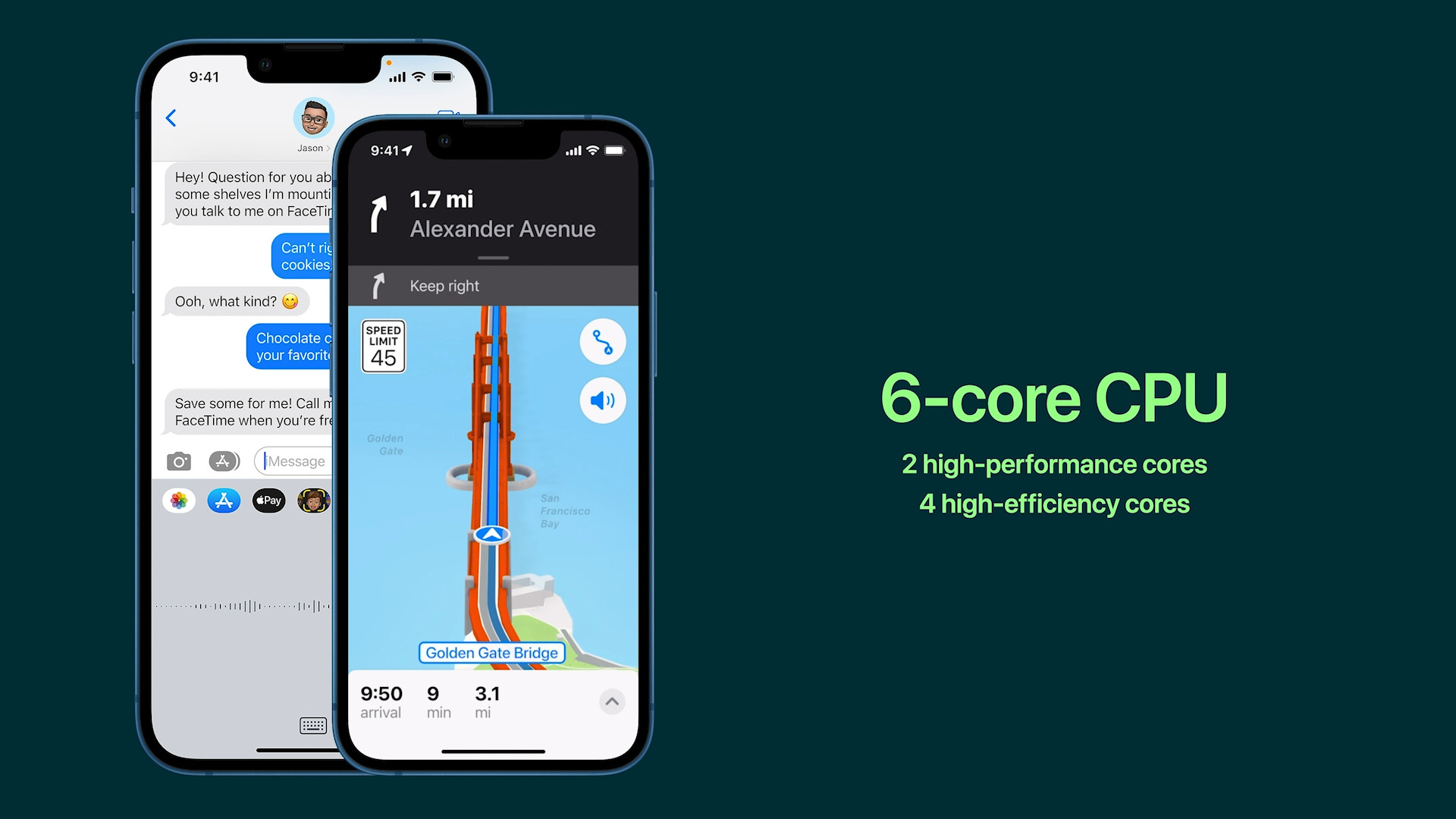
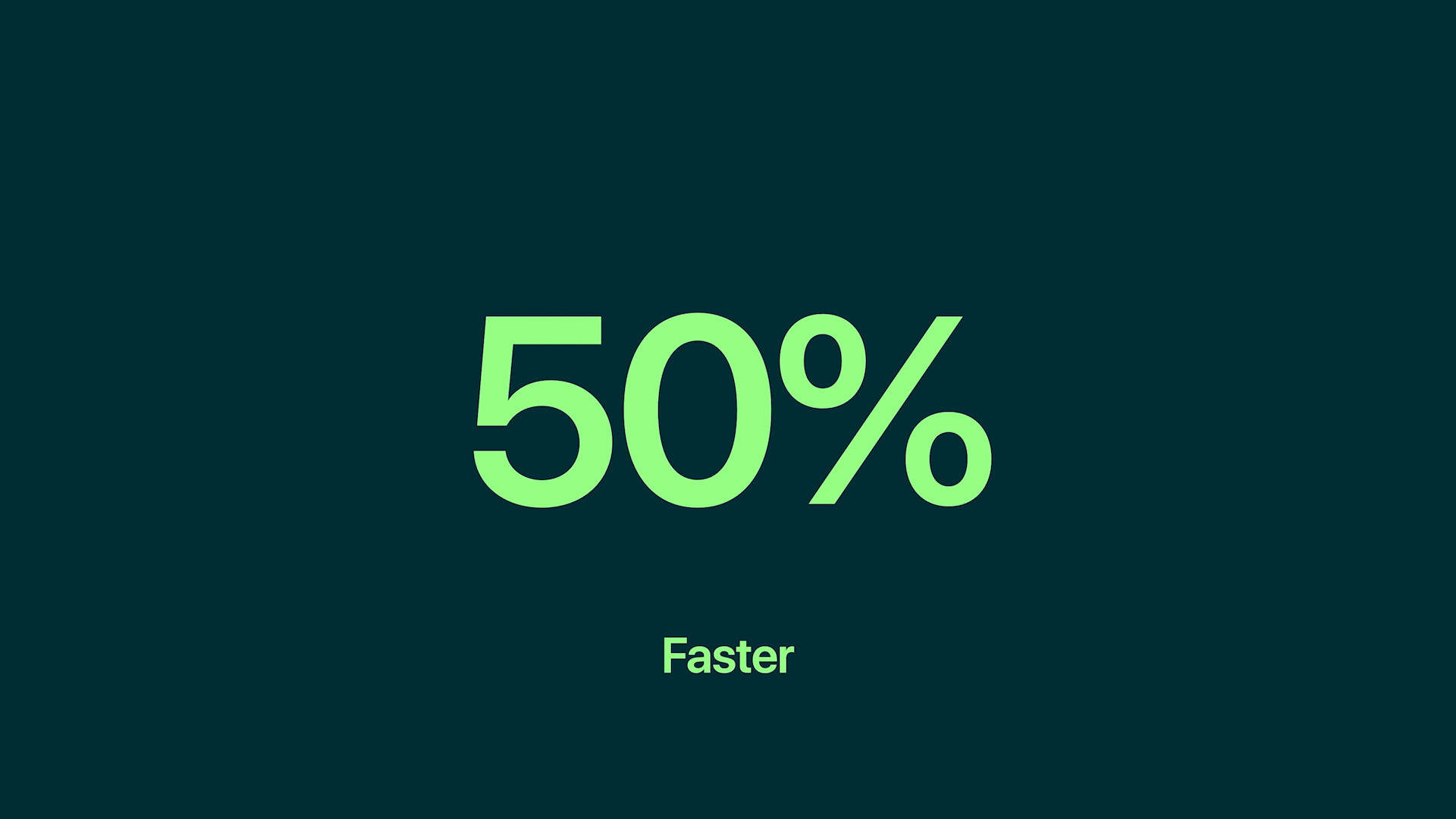
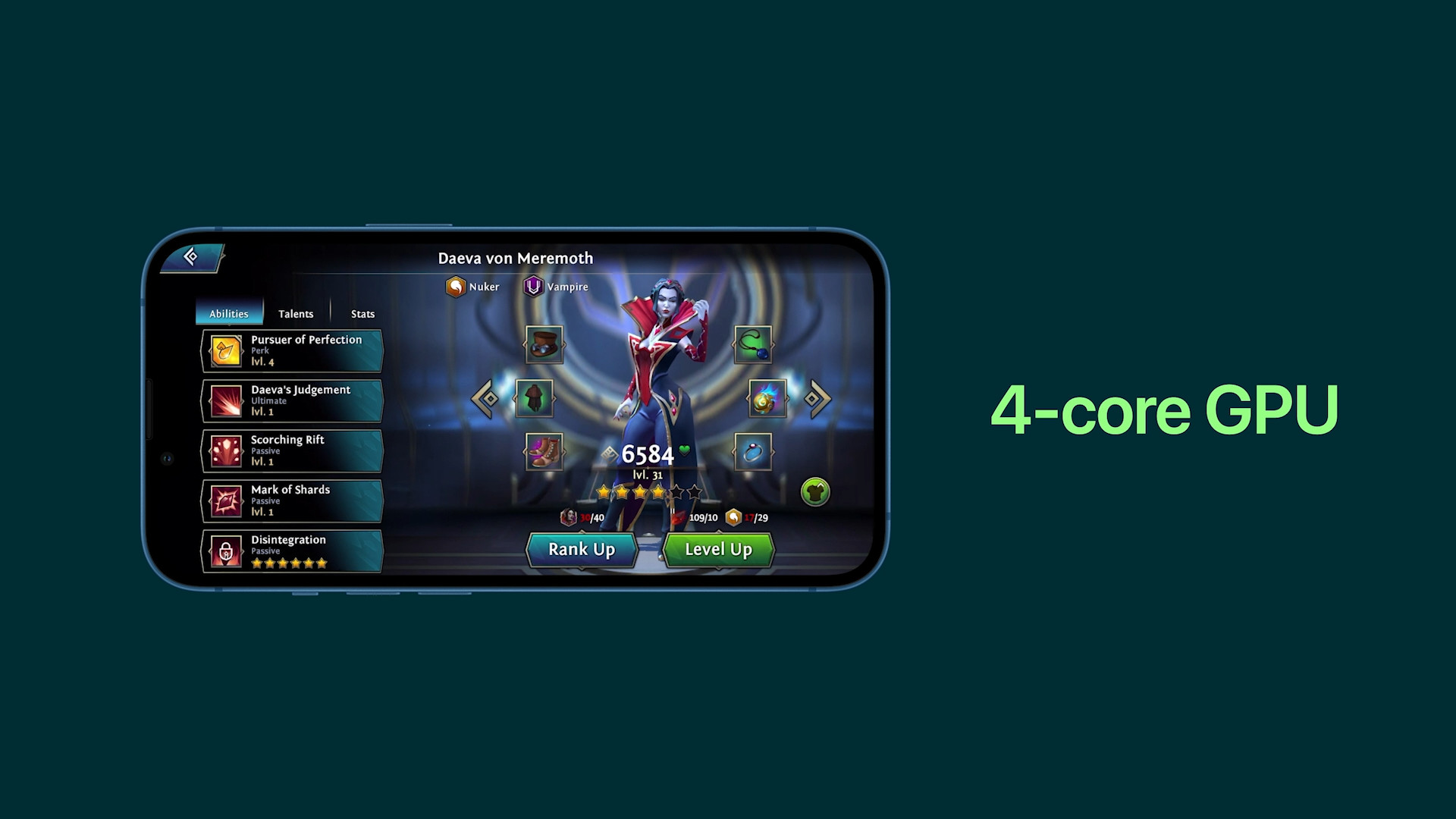
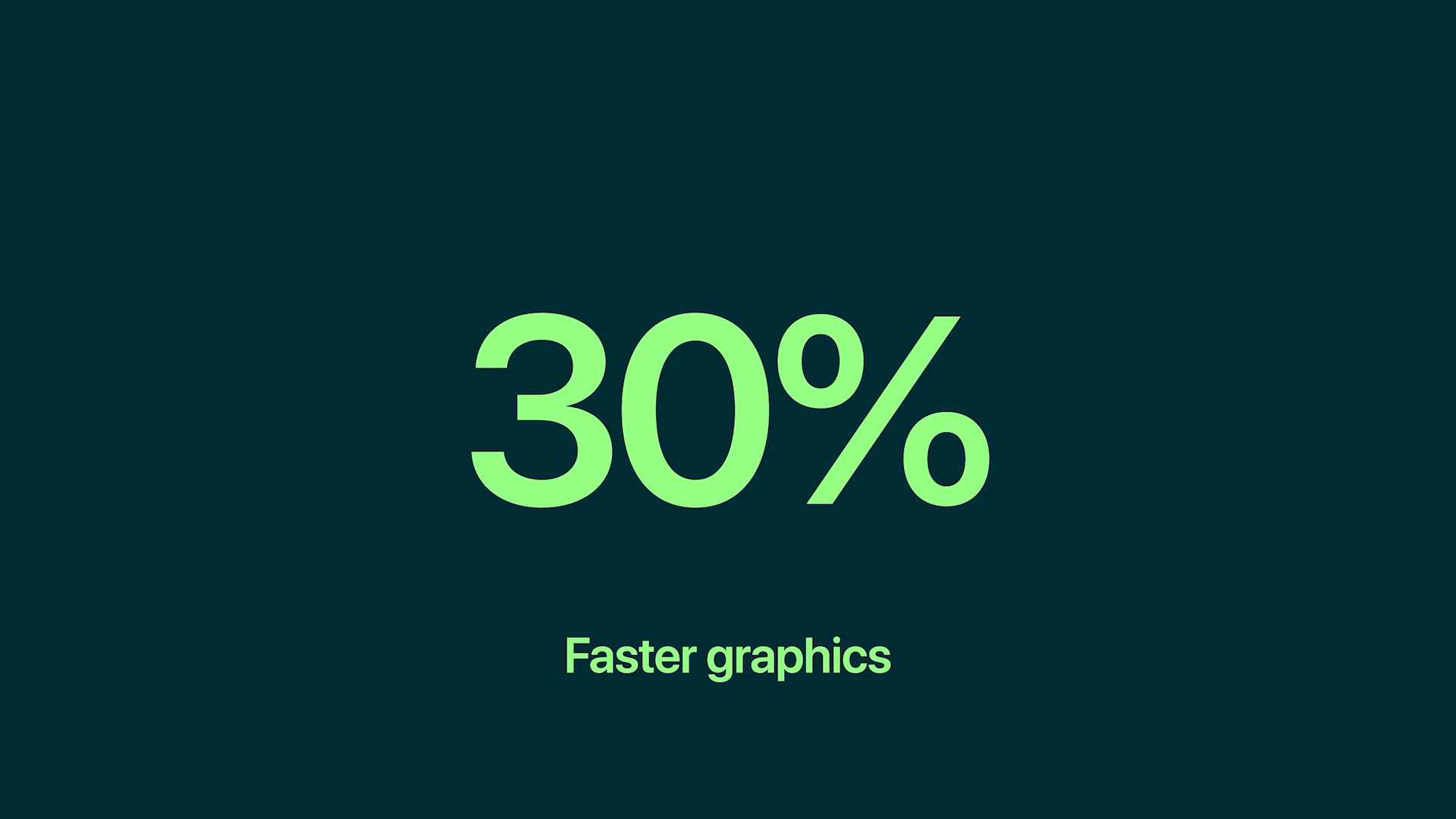

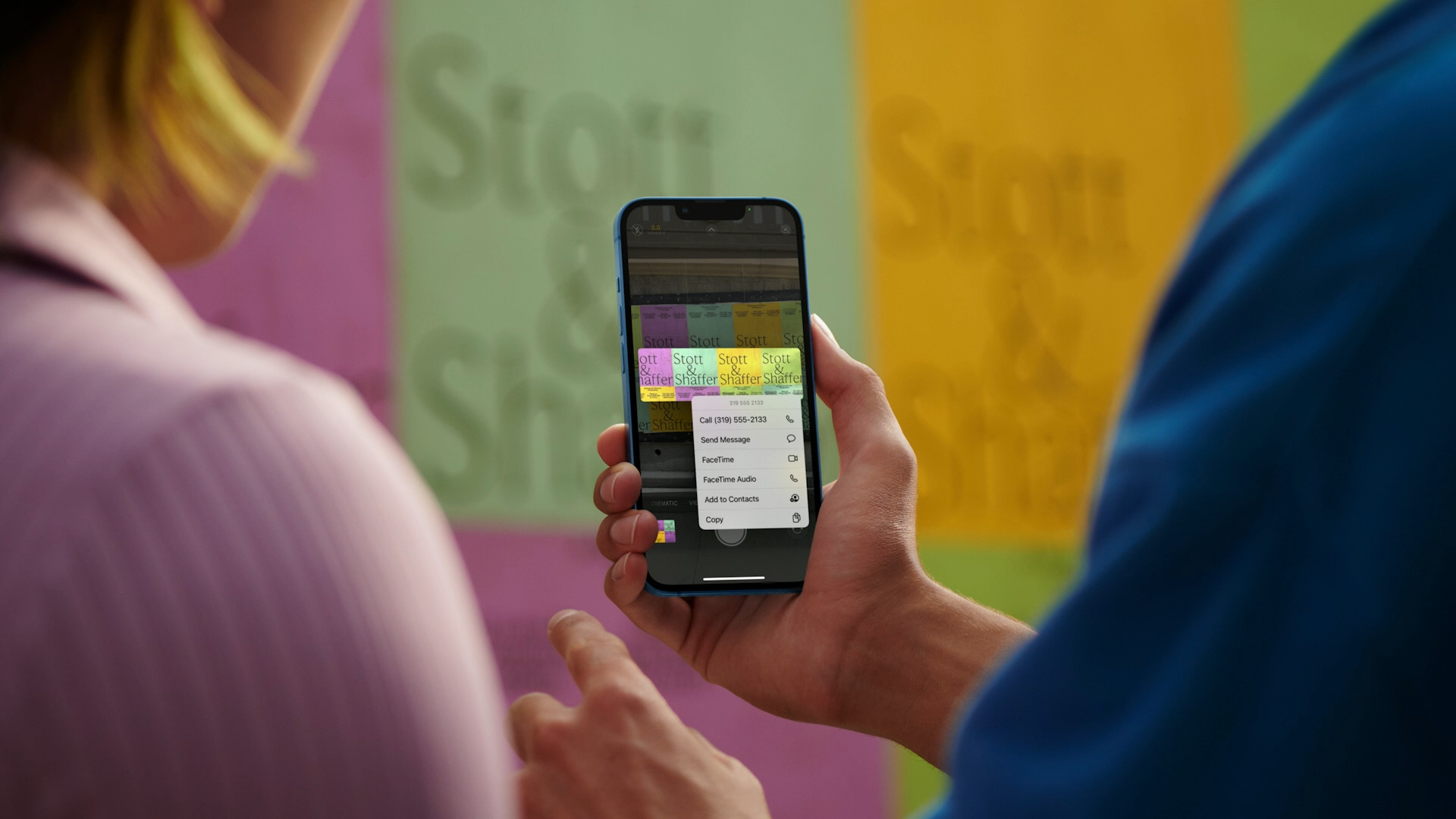


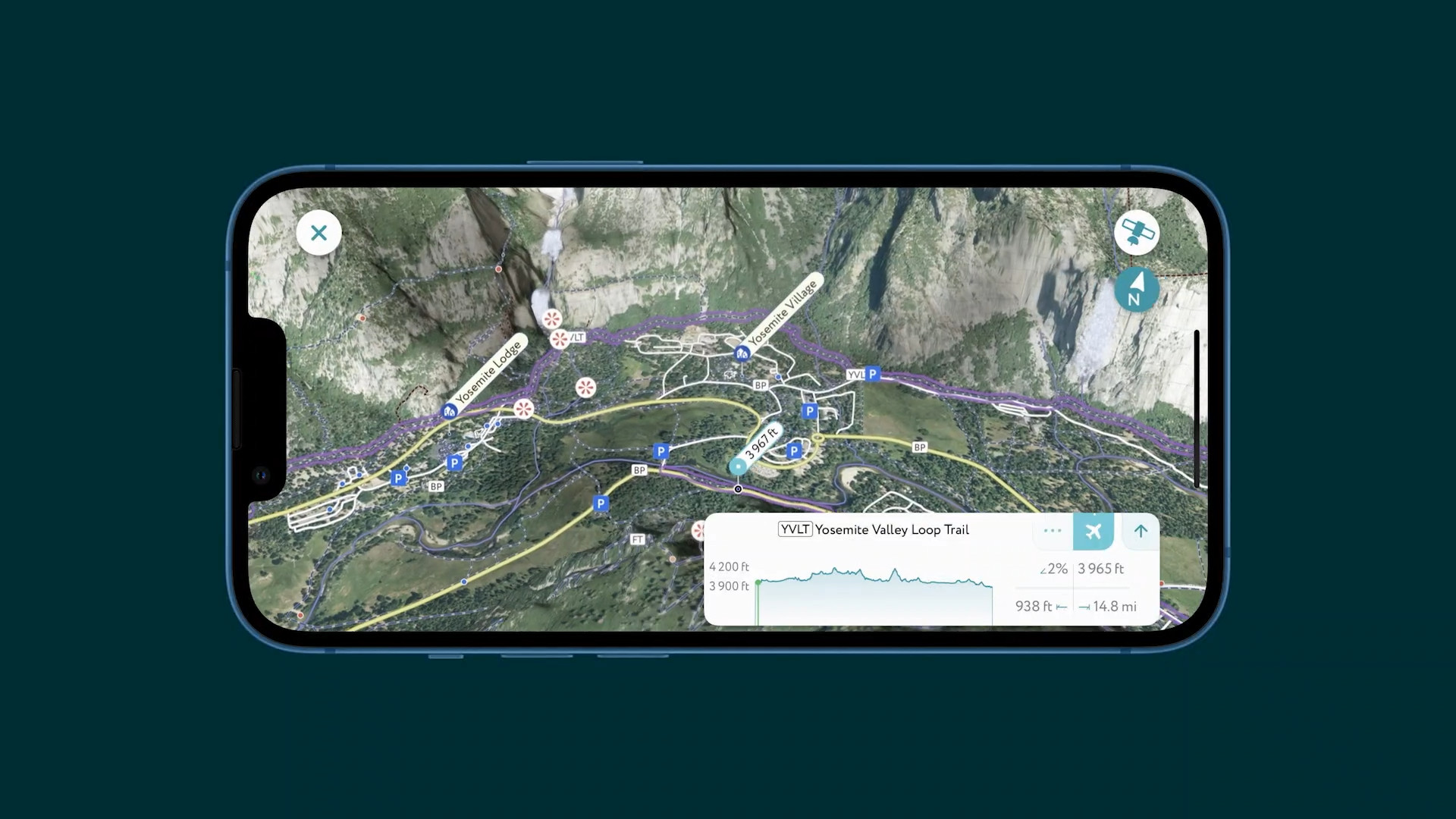
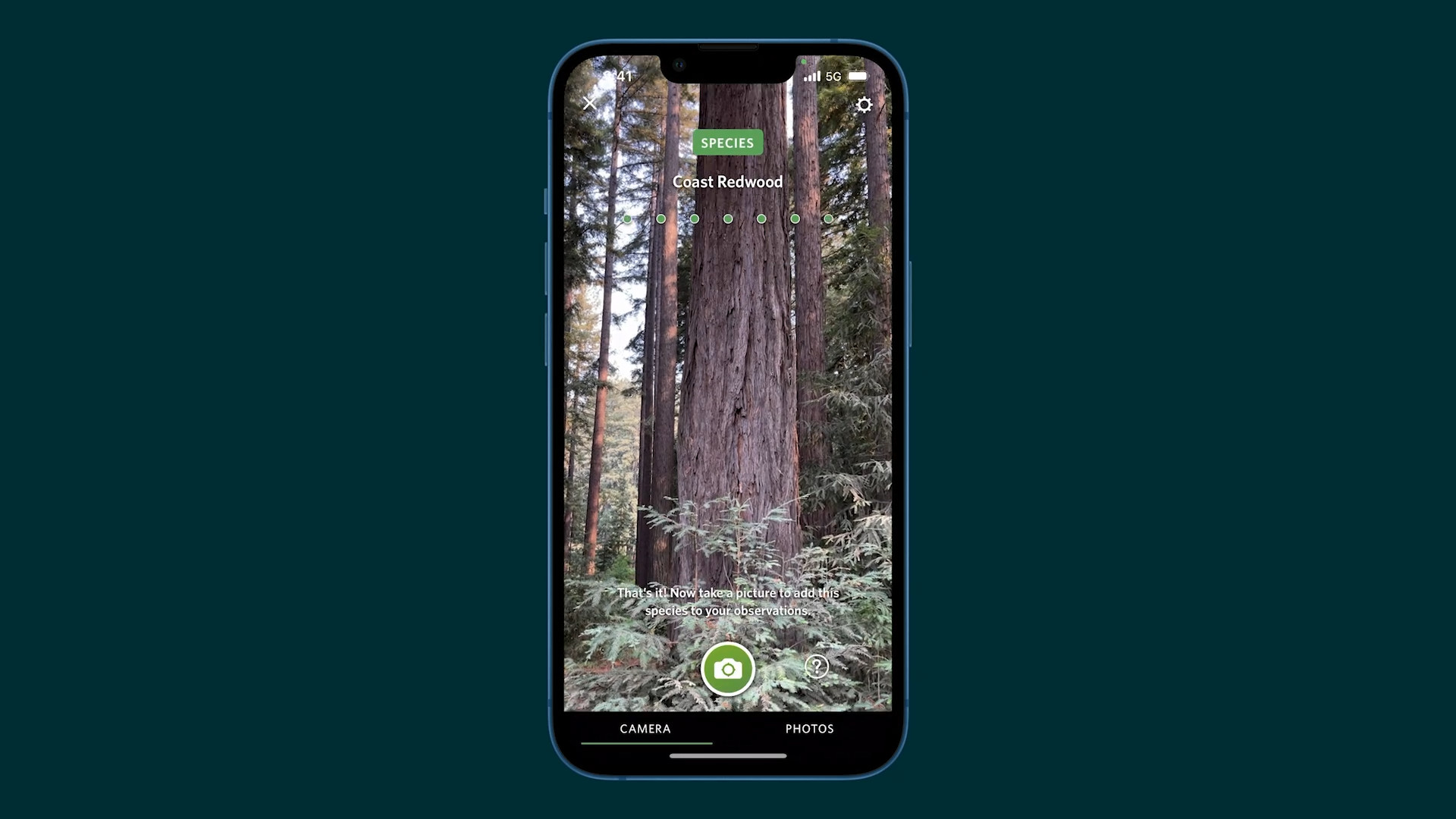
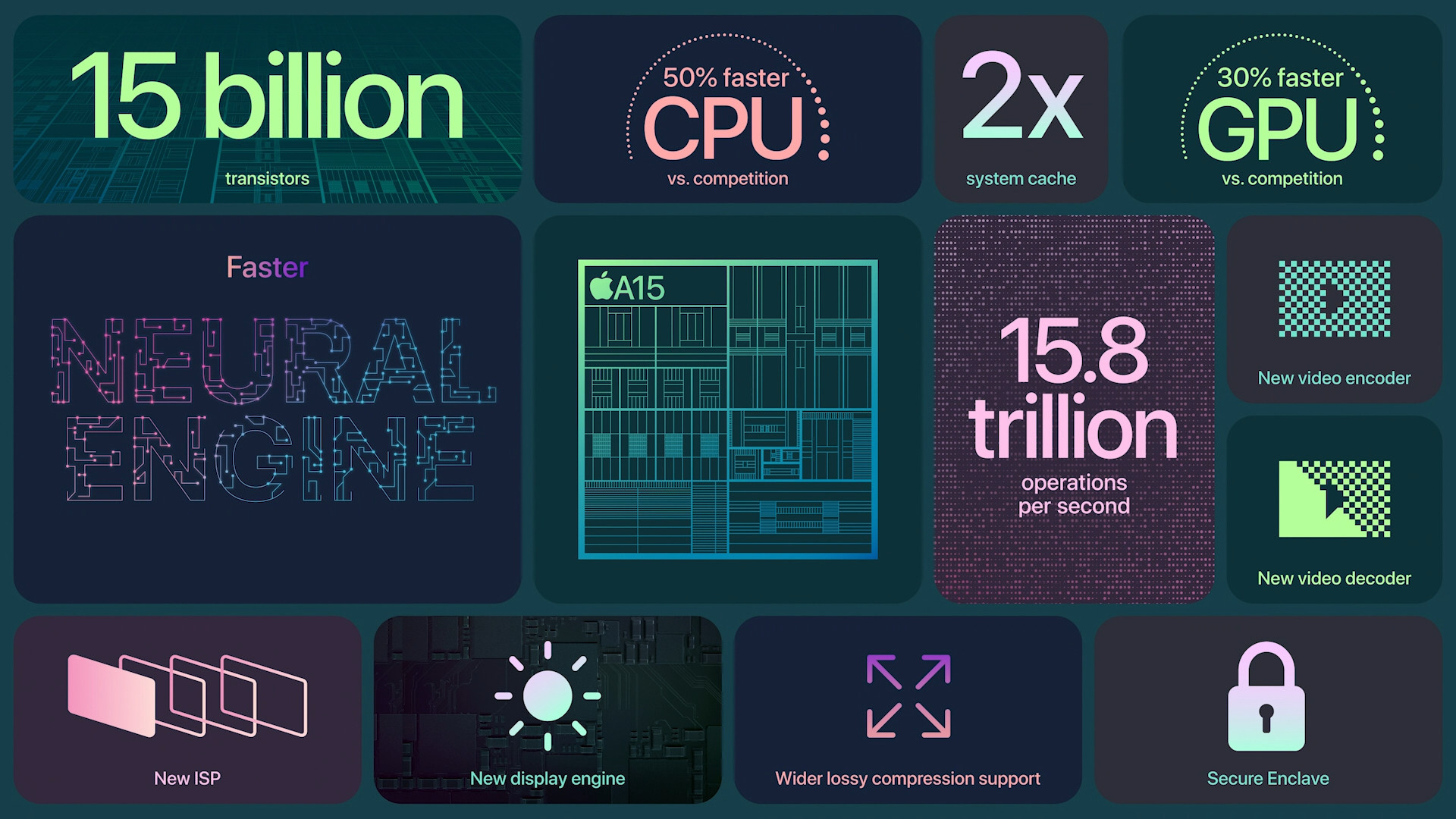
I don't understand the author's bias... Yes, he goes his own way and that's why he's already getting some Fridays in his ass... The best thing is that the iPhone doesn't need so much RAM. Seriously? That's why they already give 6gb 🤣, the fact that the iPhone can't use it doesn't mean that another chipset can't use it, and then it also depends on the app what you expect from it. For example, if you process a video that is 4GB in size, it will be a big problem for the iPhone to handle it without problems.